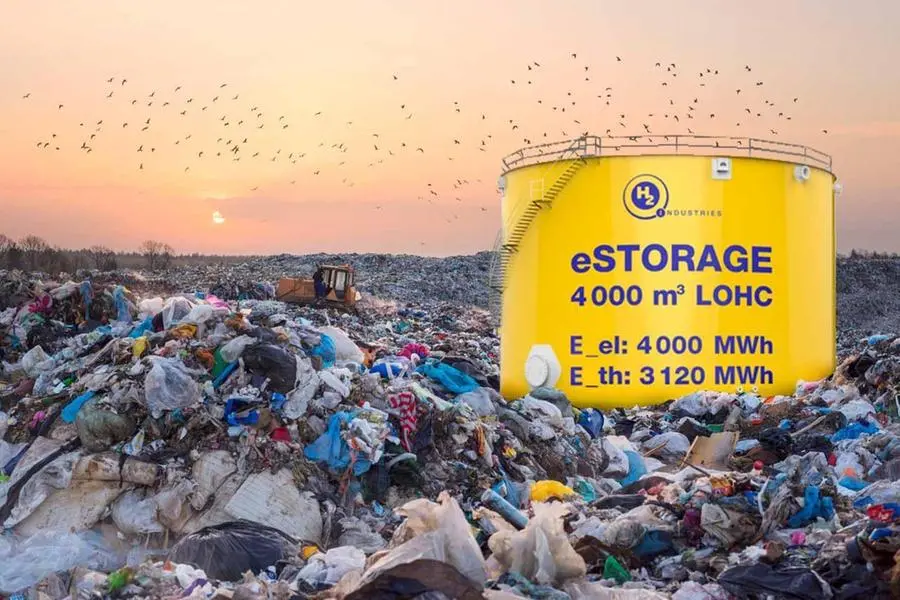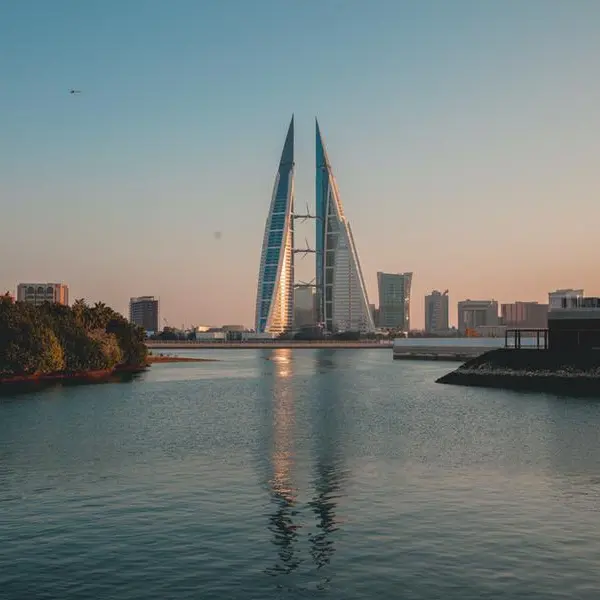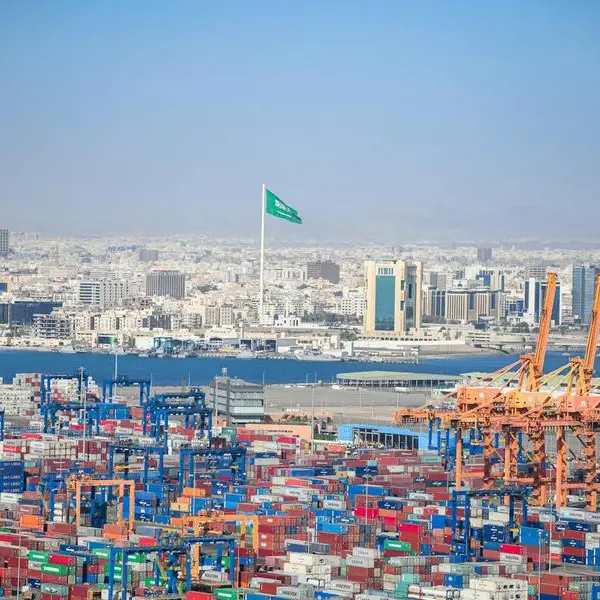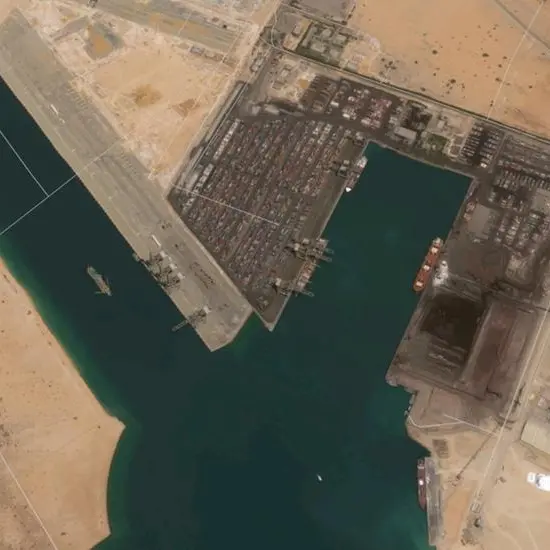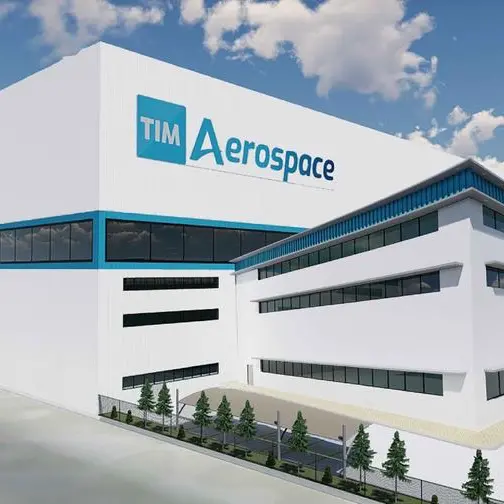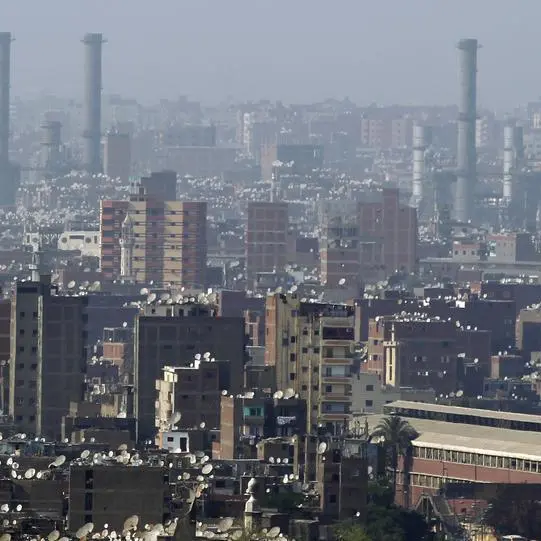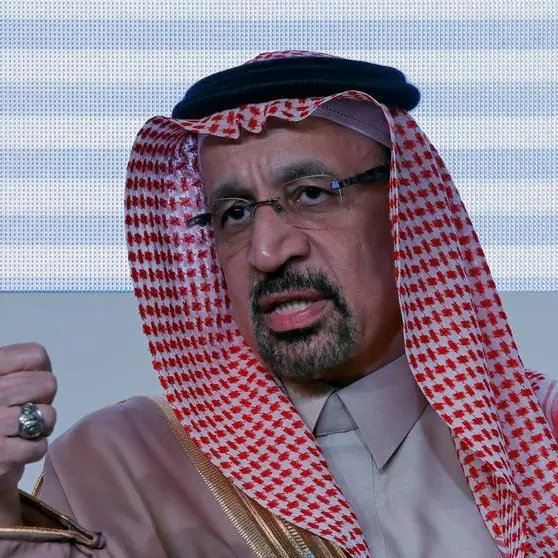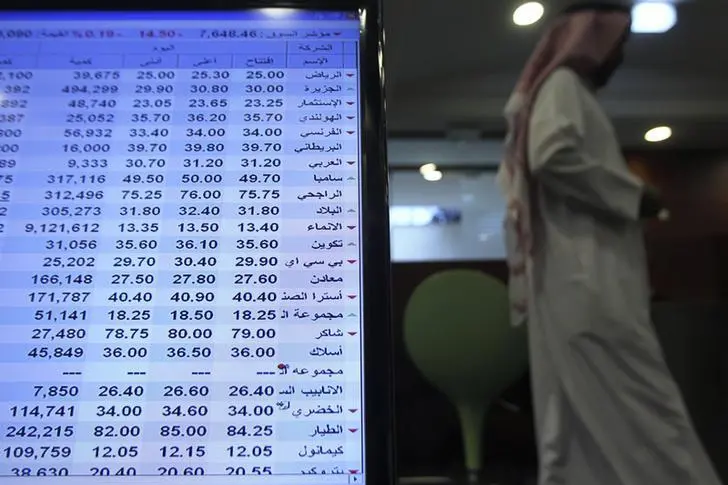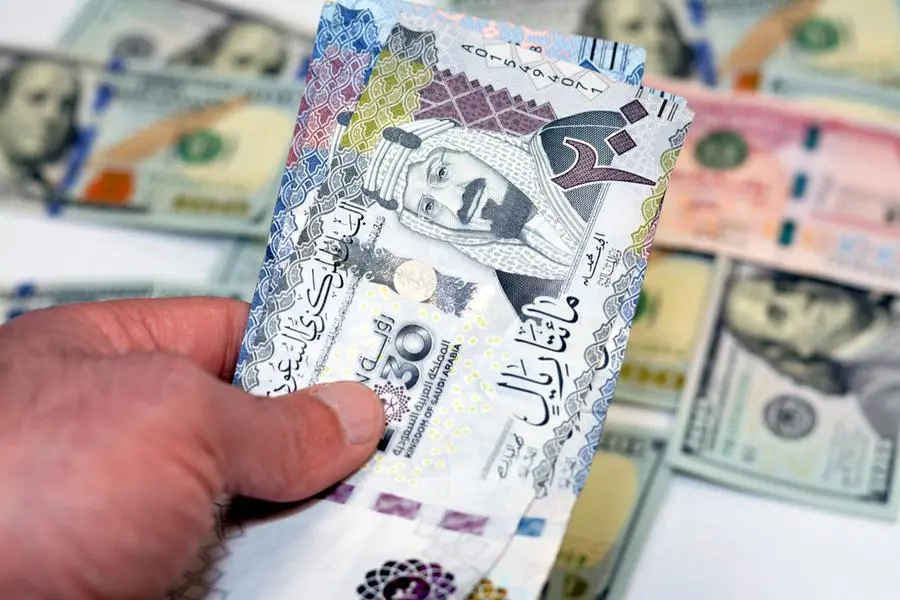PHOTO
*Feasibility study for Egypt project ready, projects to be commissioned by 2025/26
*Oman project would be ready by 2025
*Talking to international investors and big development banks for funding
The United States-based H2-Industries, which recently announced two waste-to-hydrogen projects in Egypt and Oman respectively, is engaged in intensive discussions with other countries in the Middle East and especially India for similar projects, the company's top executive told Zawya Projects in an exclusive interview.
Michael Stusch, Executive Chairman and CEO of H2-Industries, said: "For the next three to five years, we're looking at waste-to-hydrogen plants as the most important business followed by storage for renewables (photovoltaic and wind) to make them baseload capable with our Liquified Organic Hydrogen Carrier (LOHC) storage technology."
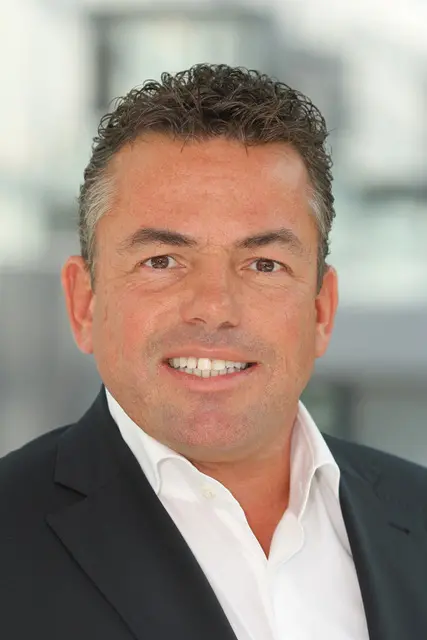

He pointed out that the company's waste-to-hydrogen technology processes garbage, plastic waste, and sludge to produce green hydrogen at half the levelised cost of solar or wind-powered electrolysis.
"The entire production process will be emissions-free as the carbon is captured for use or sale. The heat for the process is generated through renewables, and all transportation would be done in hydrogen-fuelled trucks," he said.
H2-Industries' technology needs a minimum of 1,000 tonnes per hour of waste to be economical, he said.
"Below that, waste separation is expensive compared to the output. Let's say, up from one million tonnes per year, the costs are linear…. So, if it is 4 million tonnes or 8 million tonnes…. the costs are linear but below it's not…. because you have overheads."
On the other hand, processing sludge is comparatively less economical as "there are not many hydrocarbons in sludge which means there's not much hydrogen to take out…but in a mixed calculation, it doesn't matter."
H2-Industries would be the Engineering, Procurement, and Construction (EPC) contractor for its waste-to-hydrogen projects, including carbon capture for the process plant and storage for the photovoltaic plant.
Competitive production
According to Stusch, the company's projects in Egypt and Oman could produce green hydrogen at the cost of $2-$3 per kilogramme (kg) by 2026 and less than $1 per kg by 2030 since both projects are based on the components supplied by the company with same production costs.
Hydrogen produced using renewable electricity would cost $3-$8 per kg, according to estimates published by International Energy Agency (IEA) in its 2021 Global Hydrogen Review 2021.
Explaining the benefits of LOHC, he said 57 kilogrammes of hydrogen could be stored in one cubic metre of LOHC, making it space-efficient. Moreover, the hydrogen can be stored for years in LOHC, while batteries are cost-effective only for a short period, in the range of 1-to-3-hours.
Since LOHC behaves like oil under normal pressure and temperature, it could be transported using existing infrastructure.
Stusch explained: "There is no need to freeze LOHC to -253 degrees C as with liquid hydrogen or compress it to 700 bars pressure as with natural gas. It would be transported by ships from East Port-Said, Egypt, while in Oman, we can use existing oil tankers as we are located directly next to a port."
"The unused CO2 could be sold, especially to other synthetic fuel producers. Currently, there's a huge shortage of CO2 for synthetic fuels, and this is very cost-effective."
He disclosed that the company is also working on offtake deals for the hydrogen and carbon produced by its projects.
"We are talking to many off-takers, especially in Germany and Europe, who need huge amounts of green hydrogen as soon as possible. The demand is coming from the steel, glass, and cement industry for green hydrogen, the shipping industry for e-diesel, and the aviation industries for SAF [Sustainable Aviation Fuels]."
Project updates
Stusch said the feasibility study for the Egypt project is ready.
"We are already in the detailed planning stage. The first phase would be ready by end-2024, the next stage in 2025 and the last stage by the end of 2025....beginning of 2026 when the plant will operate at the full capacity of 300,000 tonnes of hydrogen per year."
He said the project would produce power partly through a 400-metre long and 100-metre-wide rooftop solar plant and partly through waste heat produced during the storing process.
Stusch said the Oman project would be ready in 2025, adding that, unlike its Egyptian counterpart, the project doesn't include a synfuel production component.
"It has not been discussed yet but is an option. It's also not clear if we will be the EPC contractor for the photovoltaic plant because there are other companies. They are two separate projects put together because that was Oman's intention."
He clarified that it "is not yet clear" what the synfuel production volume would be in Egypt's case or whether all the hydrogen produced would be diverted for synfuel.
He said the funding discussions for the two projects are already ongoing. "We are talking to financial investors worldwide and big development banks, and this will be finalised in the next months."
In both projects, he stressed that there would be local job opportunities around waste collection and construction of the plant and associated infrastructure.
"We are also planning to work with universities to educate about hydrogen from waste and hydrogen storage technologies," he concluded.
(Reporting by Sowmya Sundar; Editing by Anoop Menon)
